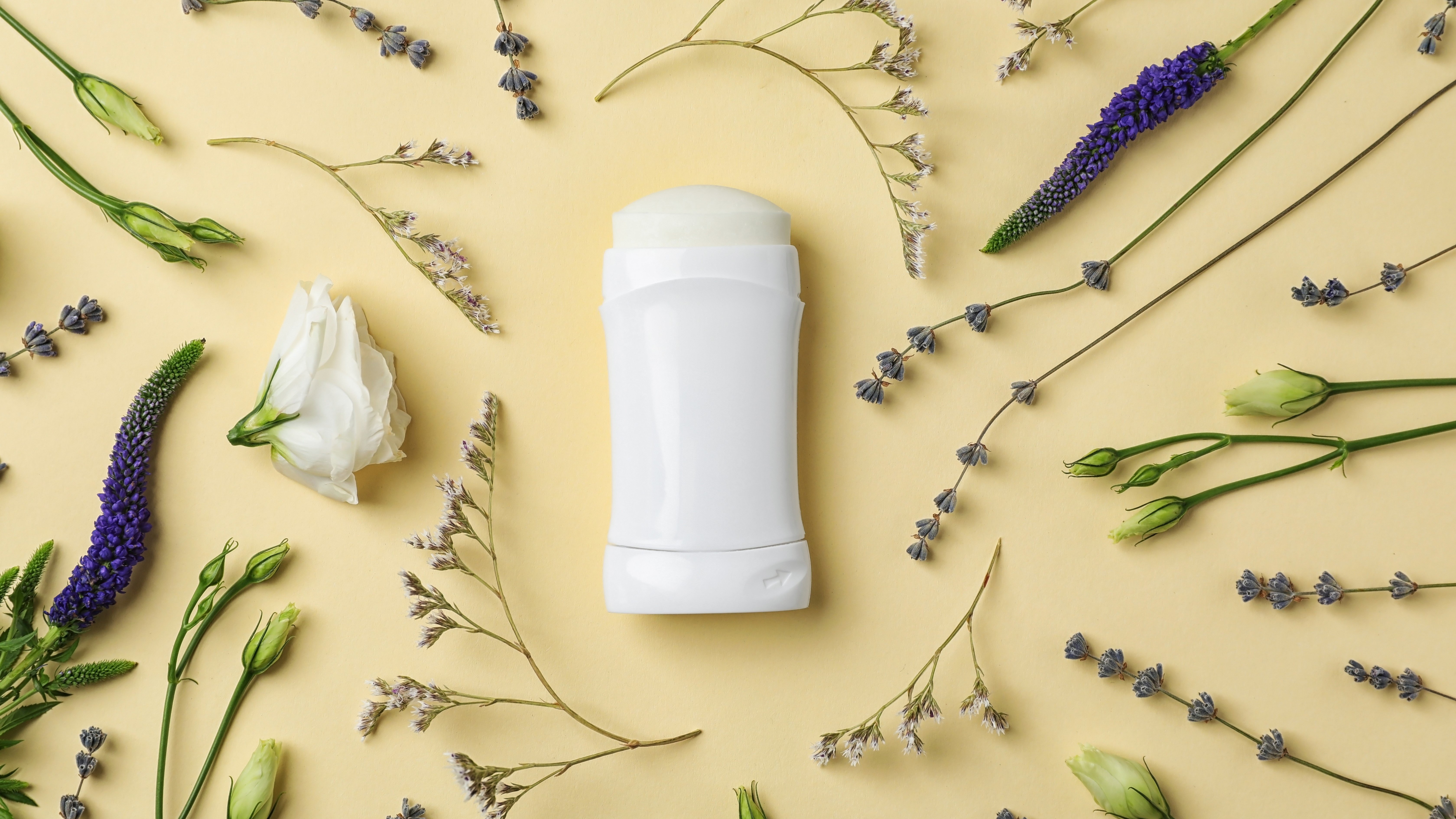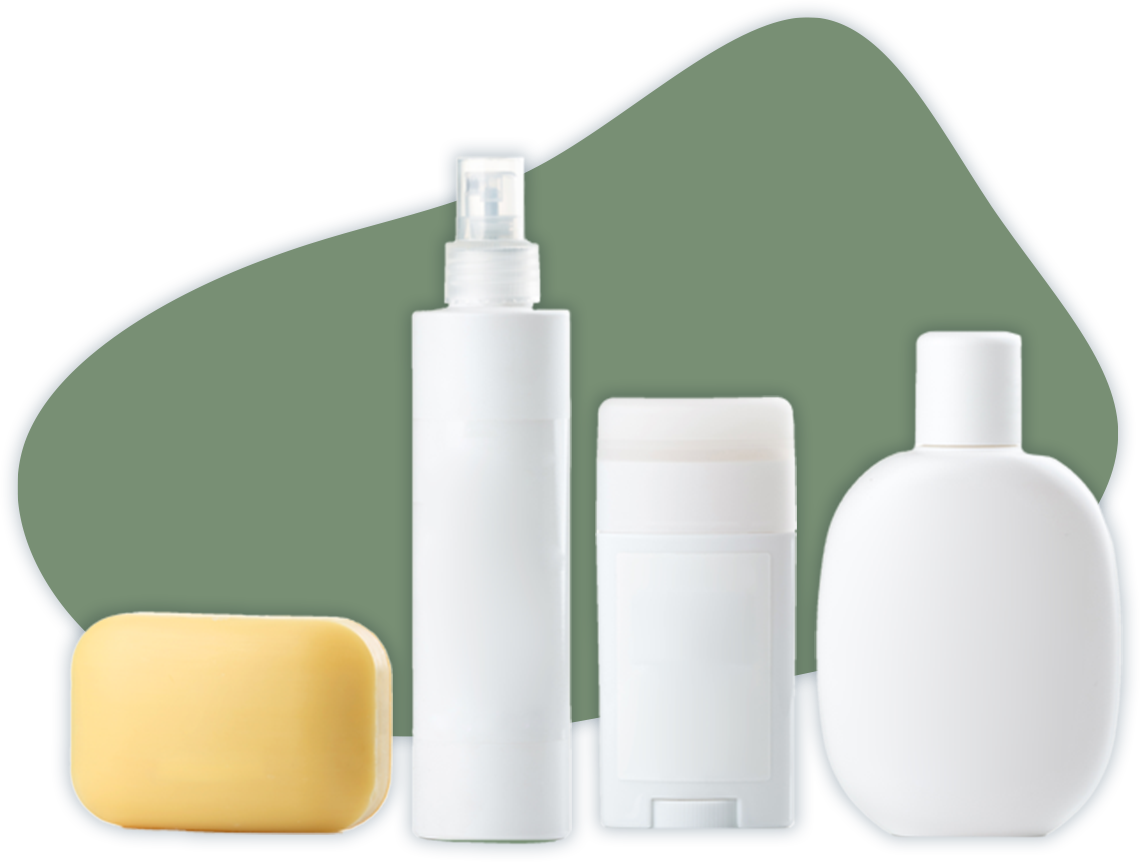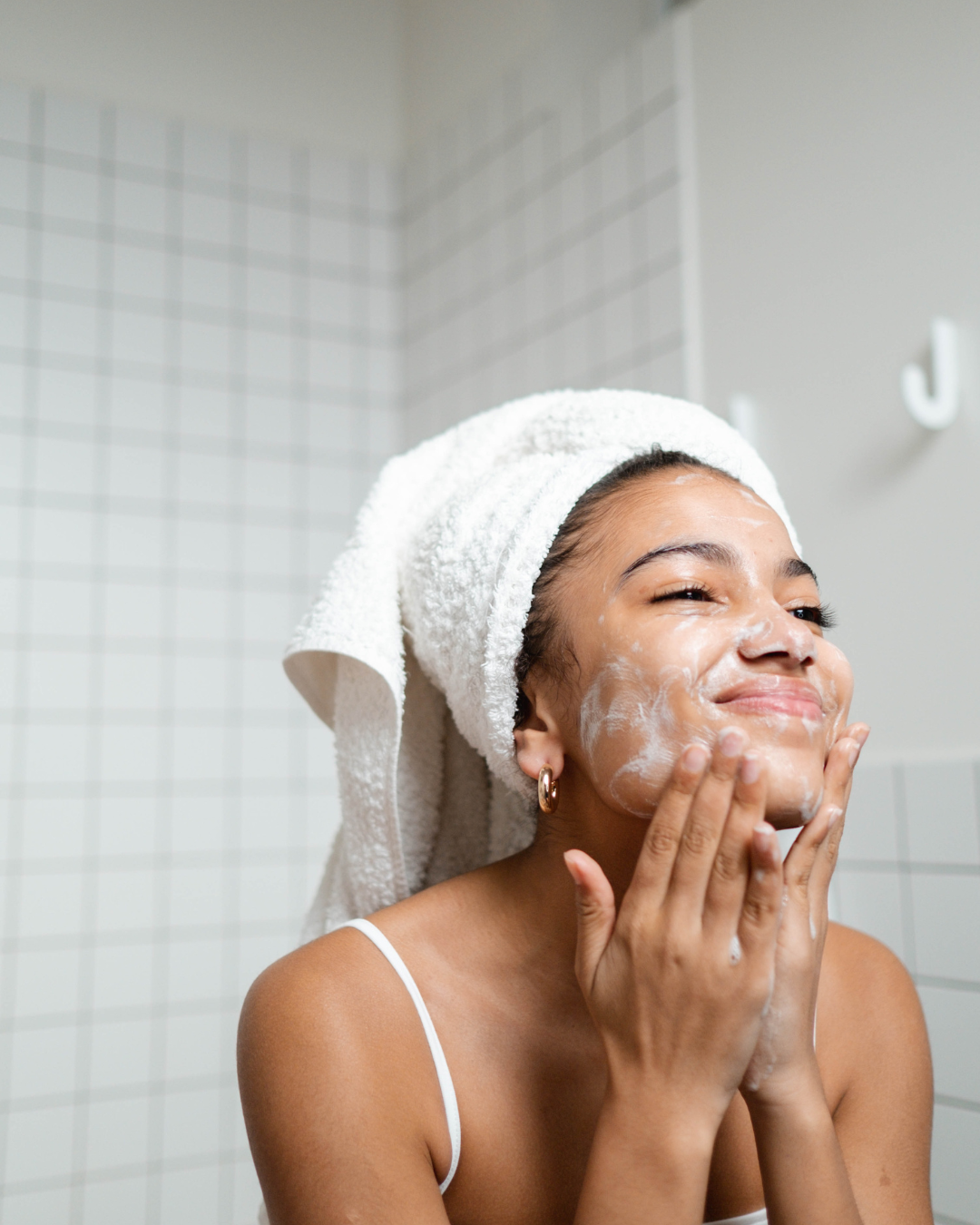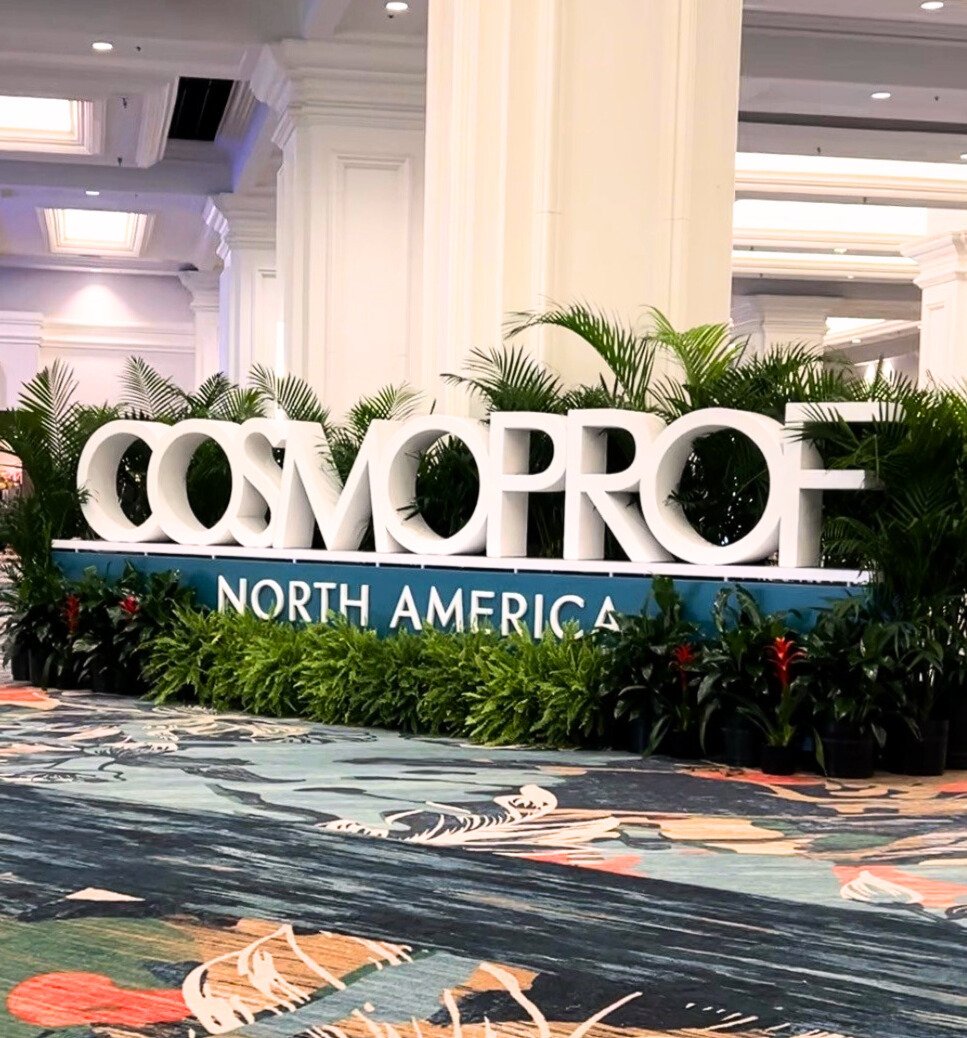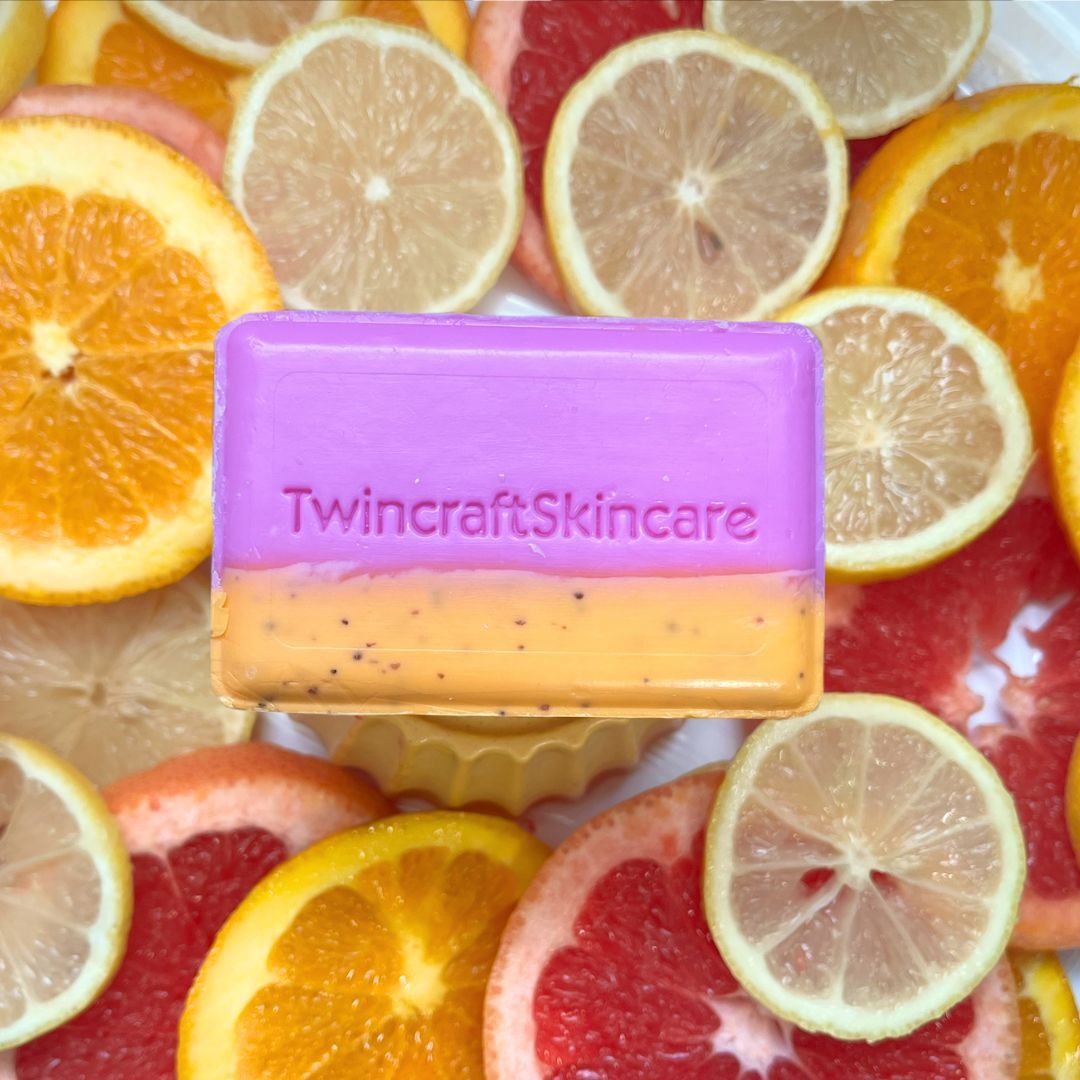The usage of anti-perspirant and deodorant (APDO) products is nearly universal, with Mintel reporting that 88% of US shoppers have used an APDO product over the last 12 months. This once stale product category has experienced a lot of growth and change in recent years, spurred by the prioritization of clean claims and new consumer behavior. Here, we investigate the root of body odor, how to control it, and what brands can do to launch products that will resonate in this growing market space using our PRISM approach.
How & Why We Sweat
Sweating is an essential bodily function, and is defined as the secretion of fluids by sweat glands onto the surface of the skin. Sweat itself is made up of 99% water and does not smell. The smell associated with body odor are actually associated with waste from the bacteria that make up the skin’s very important microbiome.¹
There are two primary types of sweat glands: eccrine glands and apocrine glands.
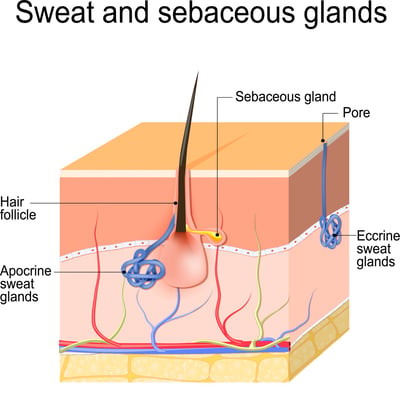
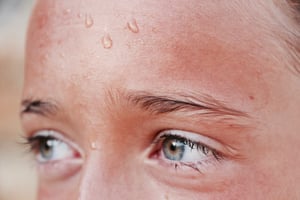 Eccrine Sweat Glands
Eccrine Sweat Glands
Eccrine sweat glands are controlled by the sympathetic nervous system, and their primary function is to help regulate body temperature. When body temperature increases, due to exercise, the weather, or a variety of other external factors, the eccrine glands secrete water to the skin’s surface, where heat is removed by evaporation. These glands are located in high density all over the body, and humans of all ages rely on this process to help them stay cool.²
Apocrine Sweat Glands
While the sweat secreted from eccrine sweat glands is 99% water and primarily odorless, the sweat excreted from the apocrine glands is fatty and milky in appearance. Apocrine glands release sweat due to emotional stress, expelling the fatty secretion to the skin. This stress can be triggered by everyday occurrences, such as an important work presentation or a going on a first date. Apocrine glands are associated with hair follicles, and can be found in areas with more hair, such as the scalp, underarm, and genitals.³
In general, body odor is more pronounced once a person reaches puberty and the apocrine glands are developed. The connection between hormones, sweat, stress, and the bacteria living on your skin all contribute to an individual’s own personal smell.
However, the exact function and physiological role of these glands in modern humans is still poorly understood, which is why we don't have foolproof methods for stopping malodor all together. Remember: sweat alone doesn’t cause the problems that users are trying to address with APDO products – the bacteria that like the moist, warm, and dark environment of the underarm are the real culprits.
What Is Body Odor?
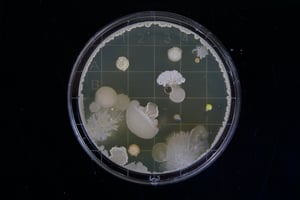
Human axillary malodor, which is the most widely regarded source of body odor, is comprised of a mixture of volatiles organic compounds, with volatile fatty acids (VFAs) and thioalcohols being the most prevalent. (Nature)
The Bacteria to Blame for BO
According to a recent report, Staphylococcus, Cutibacterium (formerly Propionibacterium) and Corynebacterium are the dominant genera colonizing the underarm area, with Staphylococcus hominis being one of the worst odor-causing offenders.⁴
The PRISM Approach
We created a multifaceted approach to help illustrate how personal care products can effectively reduce malodor called PRISM. -png.png?width=400&name=PRISM%20(1)-png.png)
Prevent Sweat
The most effective way to stop malodor is to stop sweat from forming in the first place. This is accomplished through the active ingredients found in antiperspirants. The aluminum compounds found in conventional antiperspirants block underarm sweat ducts, physically stopping the sweat from apocrine and eccrine glands from releasing to the underarm area for bacteria to feast upon.
Remove Bacteria
The goal of a deodorant product is to reduce malodor caused by bacteria, so if we remove the bacteria that cause the malodor, we can control the odor in this targeted area. Bacteria can be removed by cleansing the area with an effective product like bar soap or body wash.
Bacteria can also be killed by applying acidic skincare products. There is a growing assortment of products that use AHAs and other topical acids to kill the odor causing bacteria, including serum deodorants, underarm wipes, and body masks.
Inhibit Enzymatic Function
Given the more technical nature of the I and S components of our PRISM method, Curt Durfee, Twincraft Skincare's Director of Innovation, explains how the inhibition of bacterial enzymatic function impacts malodor:
From Curt: "Ingredients we use in this category will inhibit the formation of malodor by blocking a group of microbes enzymatic processes that convert apocrine secretions into odorous by products. The best way to envision the process is by thinking about a lock and key process. A key fits into a lock and then facilitates the resulting product of an open item. In the process of malodor prevention, Imagine the ingredients we use puts a piece of tape over the lock never allowing the key to fit or open the item. In case of the malodor prevention the enzyme is blocked from forming the malodor."
The active ingredient Deoplex® does a good job of helping products achieving this claim. Deoplex® (INCI name: Saccharomyces Ferment) is a safe and effective odor neutralization based on fermentation technology with enzymes that provide bioconversion of a wide range of malodorous substances.
Synthesis of Sulfide Compounds
To explain this process, Curt continues, "Ingredients we add to deodorants attach to odorous sulfur based chemicals to convert them from volatile to non-volatile chemicals. Volatile chemicals convert to gas therefore we can inhale them into our nose to detect scent. Non-volatile can’t be inhaled therefore no scent detected."
"A similar way to think about this process is the usage of chelates in soap. Chelates bind positively charged metals in soap so they can’t attach to fatty acid strands and break them into volatile, unstable compounds. Unstable compounds in soap produce rancidity. In simpler terms, negatively charged chelates attach to positively charged metals to stabilize them and make them nonreactive with soap."
An example of an ingredient that synthesizes sulfide compounds is zinc ricinoleate, such as TEGODEO®.
Products to Support the PRISM Approach to Malodor Control
As more consumers look to avoid potentially harmful antiperspirant products, they are seeking out effective alternative options to help reduce malodor. While stopping sweat from forming in the first place is the easiest way to squelch body odor, brands have the opportunity to present shoppers with a regimen that is designed to solve this problem without the use of aluminum compounds.
Deodorizing Bar Soap
Bar soap is a highly effective cleansing agent, as any formula is at least 95% soap base. Soap is very good at killing bacteria, viruses, and other unwanted germs. It can also serve as a vessel for other deodorizing ingredient stories, such as Deoplex® or zinc ricinoleate..png?width=400&name=Bar%20soap%20PRISM%20(1).png)
Deodorizing Underarm Mask
A deodorizing underarm mask can serve multiple purposes for those looking to reduce body odor and to help their other body care products to be more effective.
The mask itself can function to deeply clean the underarm area, removing bacteria as well as the oil and other food sources that the bacteria feed on to cause malodor. This helps to create a clean slate for the application of natural deodorant, removing any residue that may have built up from the previous day.
A deodorizing underarm mask can also help users perform a practice referred to as Deodorant Cycling. A 2018 Well + Good article interviewed a dermatologist to discuss the method, in which product users apply an antiperspirant product when they really need it, such as before a hard workout or before a big meeting, while using natural deodorants the majority of the time.
A product like our Underarm Mask can be especially useful for someone practicing Deodorant Cycling, as using it after applying an antiperspirant with aluminum compounds in it can help the user cleanse and fully remove the aluminum and other ingredients when you don’t need them as much.
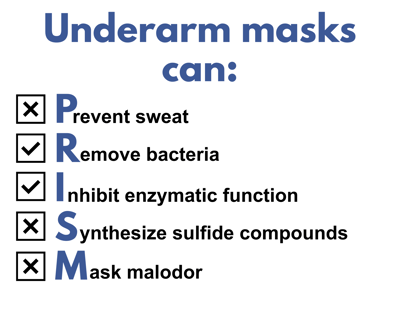
Natural Deodorant
The most popular and widely understood method of stopping malodor is by applying deodorant. Natural deodorants come in many forms – sticks, sprays, and jars – and while more shoppers than ever before are interested in making the switch to natural deodorant from conventional antiperspirants, they aren’t all created equal.
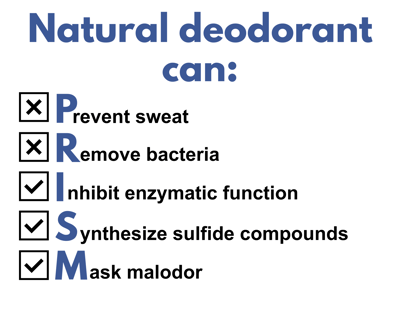 At Twincraft, we’ve investigated the many approaches to malodor control and developed two unique stick deodorant bases that are customizable, vegan, natural, and ready to launch with our strategic partners.
At Twincraft, we’ve investigated the many approaches to malodor control and developed two unique stick deodorant bases that are customizable, vegan, natural, and ready to launch with our strategic partners.
To learn more about our deodorizing products, including our new capability of developing and manufacturing hot pour natural deodorant sticks, please contact our Sales Team.
Sources:
¹ Cleveland Clinic, Sweating & Body Odor https://my.clevelandclinic.org/health/symptoms/17865-sweating-and-body-odor
²,³ Britannica: Sweat Glands https://www.britannica.com/science/sweat-gland#ref146359
⁴ Nature.com: The molecular basis of thioalcohol production in human body odour https://www.nature.com/articles/s41598-020-68860-z

